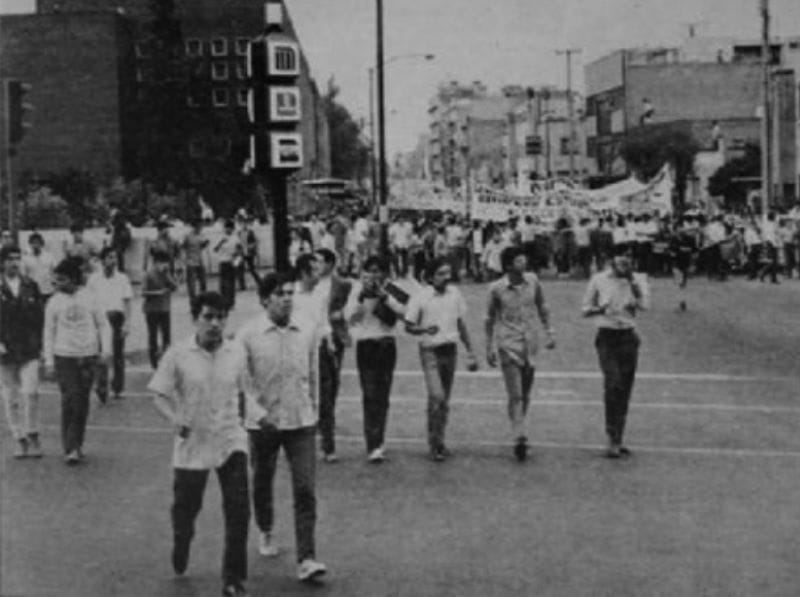Declassified: The Truth Behind Mexico's 1971 Student Massacre
Mexico's 1968 student movement met a bloody end at Tlatelolco. But the spirit of rebellion lived on. In 1971, a student solidarity march was attacked by “Los Halcones,” a government-created paramilitary group.

The swinging sixties, a decade etched into memory by technicolor tie-dye and the wailing guitars of a youth-led revolution, didn't skip a beat in Mexico. But instead of peace signs, they carried placards. And instead of gentle love songs, they chanted slogans for change. The student movement of 1968, a fire in the belly of Mexico City, flickered with defiance, demanding a different future.
Then, as quickly as it started, it ended. The night of October 2nd, the night of the Tlatelolco massacre, saw dreams doused with blood and fear. The authoritarian grip of the long-ruling PRI (Institutional Revolutionary Party) tightened over the country. Dissenting voices were reduced to whispers under the chilling shadow of the state – disappearances, torture, the works. It was a time of silence, or so it seemed.




